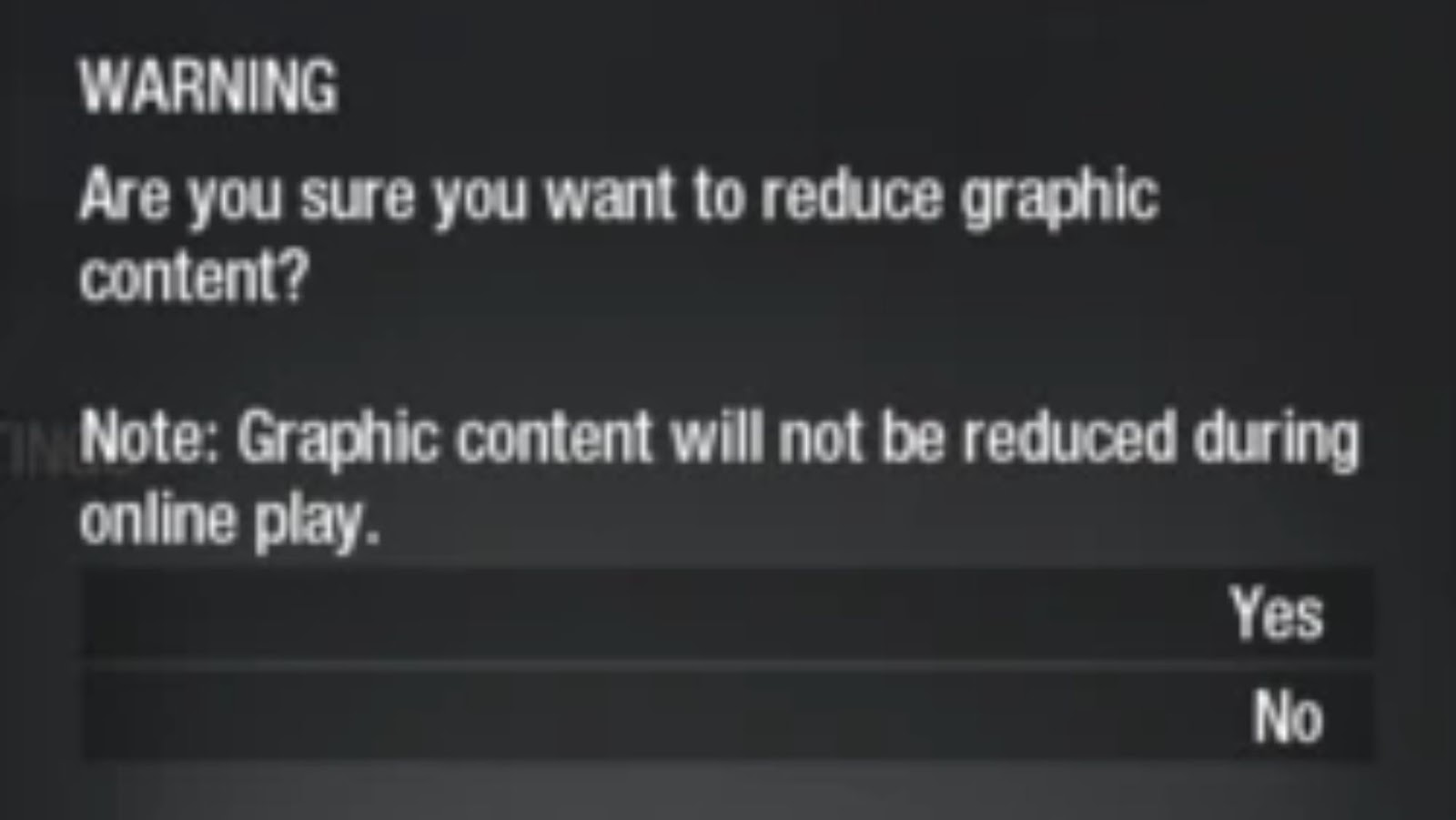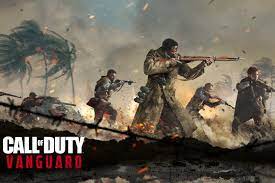
If you’re sharing graphic or potentially disturbing content online, it’s always a good idea to use a content warning. By clearly labeling the content and giving people a heads up about what they’re about to see, you can help avoid any potential distress or upset. Content warnings can be especially important for people who experience anxiety, depression, or other mental health conditions. Triggers can vary greatly from person to person, so it’s always best to err on the side of caution.
If you’re not sure whether or not to use a content warning, ask yourself if the content could potentially be distressing for anyone. If the answer is yes, it’s probably best to go ahead and use a warning. In general, it’s a good idea to be as specific as possible when labeling content. For example, rather than simply saying “graphic content,” you could say “graphic images of self-harm.”
What does enable graphic content mean
If you see a warning that says “enable graphic content,” it means that the site has warnings in place for potentially disturbing or offensive content. In order to view the content, you’ll need to take action to confirm that you want to see it. This is usually done by clicking on a button or link that says something like “I’m 18+ and I understand that this content may be disturbing.” By taking this action, you’re indicating that you’re aware of the nature of the content and that you’re okay with seeing it. If you’re not sure whether or not you want to view the content, it’s always best to err on the side of caution and avoid clicking through.
Content warnings are a courtesy to your readers, and they can go a long way in making sure that everyone has a positive experience when reading your content. So next time you’re about to share something potentially triggering, take a few seconds to add a content warning. It could make all the difference for someone who might be struggling.
The different types of content that should be marked with a content warning
-Graphic images of violence
-Images of dead bodies
-Images of blood or gore
-Self-harm images
-Eating disorder content
-Depictions of sexual assault or violence
-Racially charged content
-Homophobic, transphobic, or sexist content
-Content that could trigger a panic attack or anxiety attack
-Any other content that could be potentially distressing for someone
Examples of how to properly mark graphic or disturbing content for readers
-If you’re sharing an image, add a warning in the caption
-If you’re sharing a link, add a warning in the title or description
-If you’re posting on social media, use appropriate hashtags or settings to mark the content (ex: #NSFW or #triggerwarning)
-If you’re sending an email or message, add a warning in the subject line
Conclusion
In short, always use a content warning when sharing any sort of graphic or potentially disturbing content. Be as specific as possible in your labeling, and keep in mind that what might not be a big deal for you could be very triggering for someone else. By taking a few extra seconds to add a warning, you can help ensure that everyone has a positive experience when reading your content.





